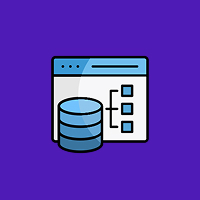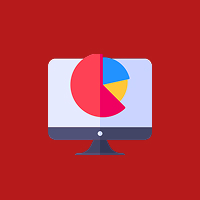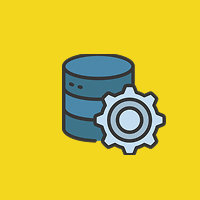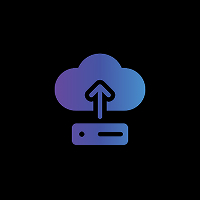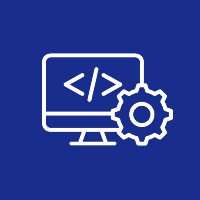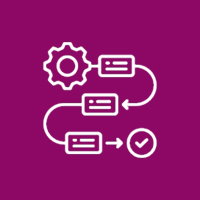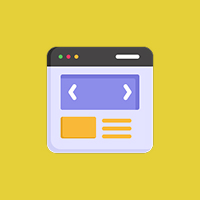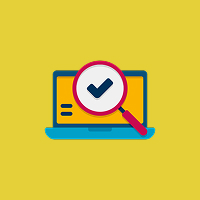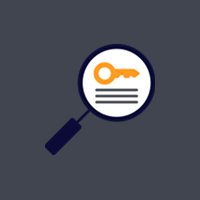Testing is an integral part of making high-quality web applications, and Angular is no exception. You may be working with small applications or enterprise systems, but testing your code ensures your code is reliable, maintainable, and bug-free. Angular offers rigorous testing tools and frameworks to test various aspects of your application, including unit tests to end-to-end (E2E) testing.
In this blog, we will discuss the best practices, strategies, and tools for testing Angular applications. Whether you are new to testing in Angular or looking to improve your existing test suite, this guide will help you develop an effective testing strategy for your Angular projects.
Why Testing is Important in Angular
Testing is important in Angular application development for a variety of reasons:
- Quality Assurance: Ensuring your application behaves as expected and is bug-free.
- Maintainability: Writing tests ensures that future changes or new features do not break existing functionality.
- Refactoring Confidence: Tests provide developers with confidence to refactor code or make changes without fear of adding new bugs.
- Faster Development: Automated tests can identify bugs early in the development process, resulting in quicker feedback and fewer problems in production.
Types of Tests in Angular
Angular has support for several types of tests, all targeting different layers of your application. The two primary types of tests are:
- Unit Tests: These target specific components, services, or functions. Unit testing verifies that each unit of code does its task correctly in isolation.
- End-to-End (E2E) Tests: E2E tests mimic user interactions and verify the whole application flow. These tests guarantee that the app behaves as desired in a real-world environment, including interactions among different components and services.
Angular Testing Tools
There are various tools and frameworks for testing Angular applications. Below are the most popular ones:
1. Jasmine
Jasmine is the in-built test framework used in Angular projects. It is a behavior-driven test framework with easy-to-understand syntax for tests, so it is ideal for unit testing. Jasmine uses functions like describe(), it(), beforeEach(), and afterEach() to structure your test cases and make assertions.
2. Karma
Karma is a test runner that also plays very nicely with Jasmine and other test libraries. Karma runs tests directly within actual browsers to enable you to test your app on any number of browsers and environments. Karma can also be plugged into continuous integration servers like Jenkins or Travis CI to run tests automatically.
3. Protractor
Protractor is an end-to-end testing library for Angular applications. It is Selenium WebDriver-based and can automate browser interactions and simulate user interactions to test the application in real browsers. It also supports Angular-specific functionality, so it is a good choice for Angular application’s E2E testing.
4. TestBed
TestBed is a testing library in Angular through which you can set up and instantiate Angular components to test. It helps to get the test module set up along with injecting the services or the dependencies so components can be easily tested in isolation or even their own module.
Best Practices for Testing Angular Apps
Write Small, Isolated Tests
Test a single functionality with each unit test. Isolate the tests and test one block of code at a time so that it’s easier to debug when the tests break.
Use Mocks and Stubs
When unit testing services or components that depend on external systems or APIs, use mocks or stubs to mimic the behavior of these dependencies. This enables you to test in isolation and prevent dependency on external systems during testing.
Test All Components and Services
Make sure all components, services, directives, and pipes are tested. Test both happy path and edge cases to provide robustness.
Test Asynchronous Code
Asynchronous code is common in Angular applications, including HTTP requests or timeouts. In Angular, use the async and fakeAsync utilities to handle asynchronous code for testing. This allows your tests to wait for the asynchronous operations to finish before making assertions.
Don’t Test Implementation Details
Tests must be about the behavior of your application, not implementation details. This makes tests maintainable and avoids breaking tests when refactoring code.
Run Tests Often
Make tests a part of your development process by running them often. Utilize tools such as Karma to run unit tests in actual browsers or Protractor for automated E2E tests to detect errors early in the development process.
Writing Unit Tests in Angular
Unit testing in Angular usually means unit testing individual components, services, or functions. When unit testing an Angular component, you must consider its behavior and its interaction with other services or components. Angular’s TestBed facilitates the setup of the component and the injection of its dependencies for the purpose of testing.
For services, Angular provides the means to mock out dependencies and test their methods. Service methods that execute HTTP requests can be mocked with tools such as HttpClientTestingModule or MockBackend.
Writing End-to-End Tests in Angular
End-to-end tests are crucial for making sure your Angular app functions from the user’s point of view. Protractor is used for this most often, offering a framework through which you can simulate user interactions, click buttons, and switch between pages.
While writing the E2E tests, concentrate on verifying major user flows like login, form submission, or performing intricate operations like searching data or going through the app. Angular-specific locators of Protractor ensure that the tests are cognizant of the Angular application state and components.
Strategies for Effective Angular Testing
Test Early and Often: Writing tests as soon as possible in the development process guarantees that you catch bugs while they are still small in number. Regularly executing tests throughout the development cycle is key to ensuring code quality.
Test Whole User Flows, Not Isolated Pieces: Although unit tests are necessary, test complete user flows in E2E tests. This will guarantee that the application performs correctly from beginning to end and responds as it should with actual use cases.
Continuous Integration and Testing: Incorporate testing into your continuous integration (CI) pipeline. This guarantees each commit runs tests and ensures a high code quality during the entire development cycle.
Write Maintainable Tests: Make test code maintainable. Structure related tests, do not duplicate logic, and refactor tests as application logic evolves.
Use Code Coverage Tools: Utilize tools such as Istanbul or Karma Coverage to calculate test coverage. Although 100% code coverage is not required, try to cover the most important areas of your application so that the key functionality is adequately tested.
Conclusion
Angular application testing is a crucial phase in quality, reliability, and maintainability. Using the right tools and best practices, you can test your components, services, and user flows successfully. From unit testing with Jasmine and Karma to E2E testing with Protractor, Angular has a wealth of tools available to thoroughly test your applications.
Having a robust testing strategy in place not only ensures high code quality but also instills confidence in your application’s correct functionality. Begin adding testing to your Angular development workflow today and observe the difference it makes in the long-term success of your projects!
Contact Us Today



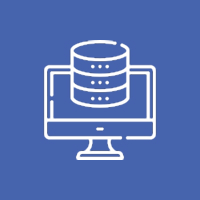





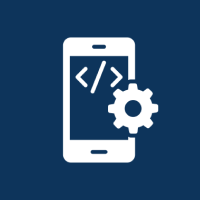



 Database Development
Database Development








